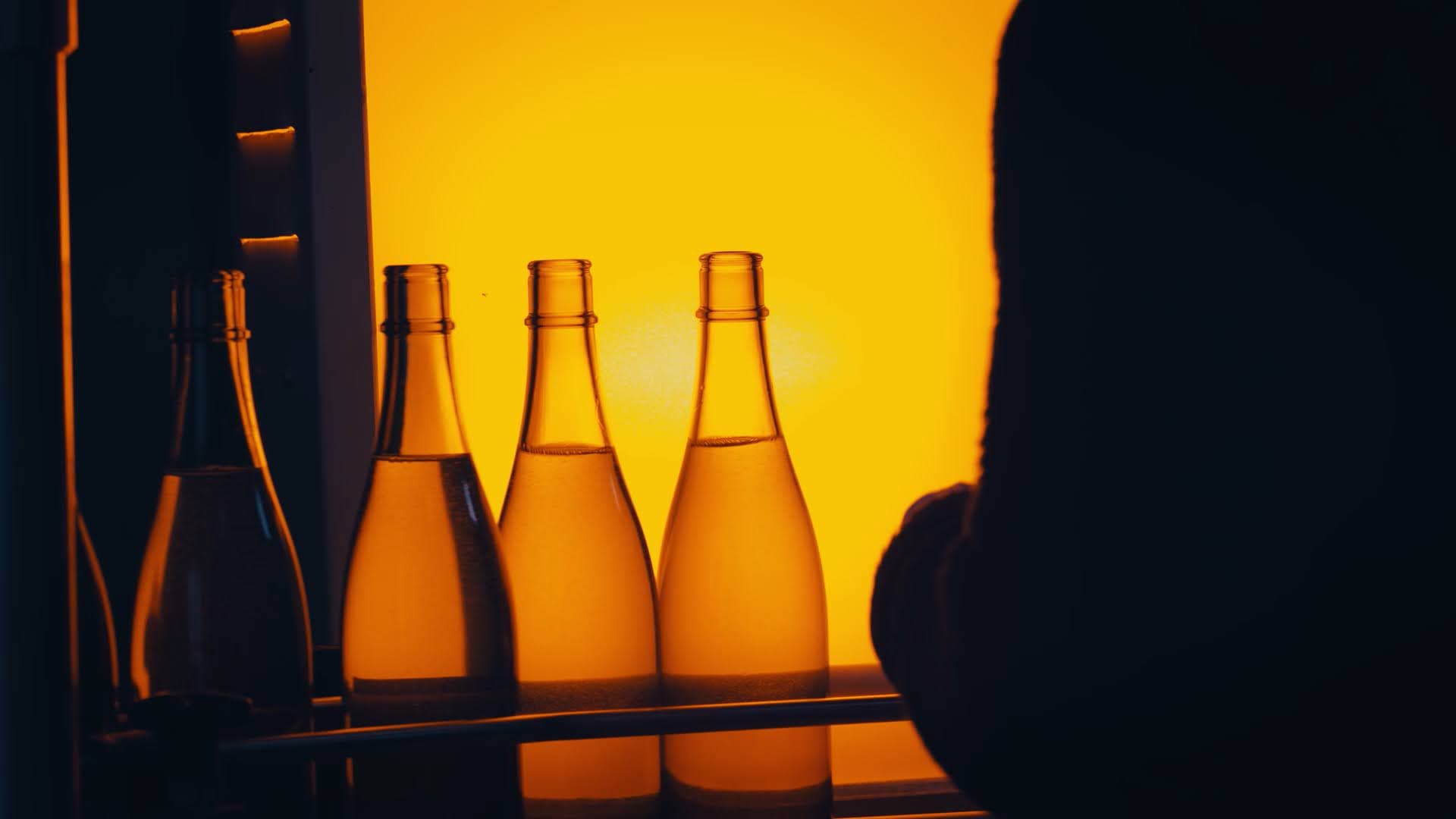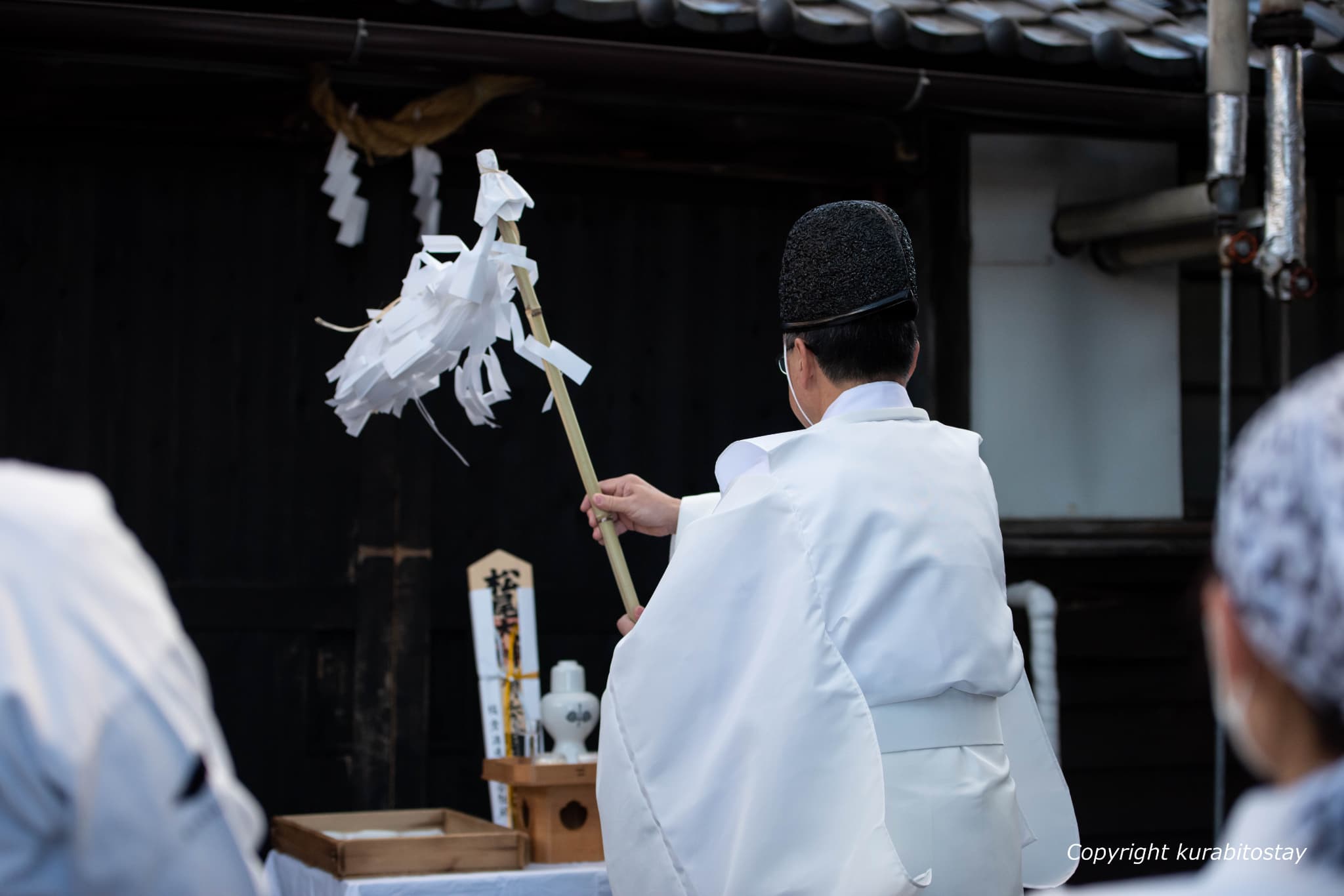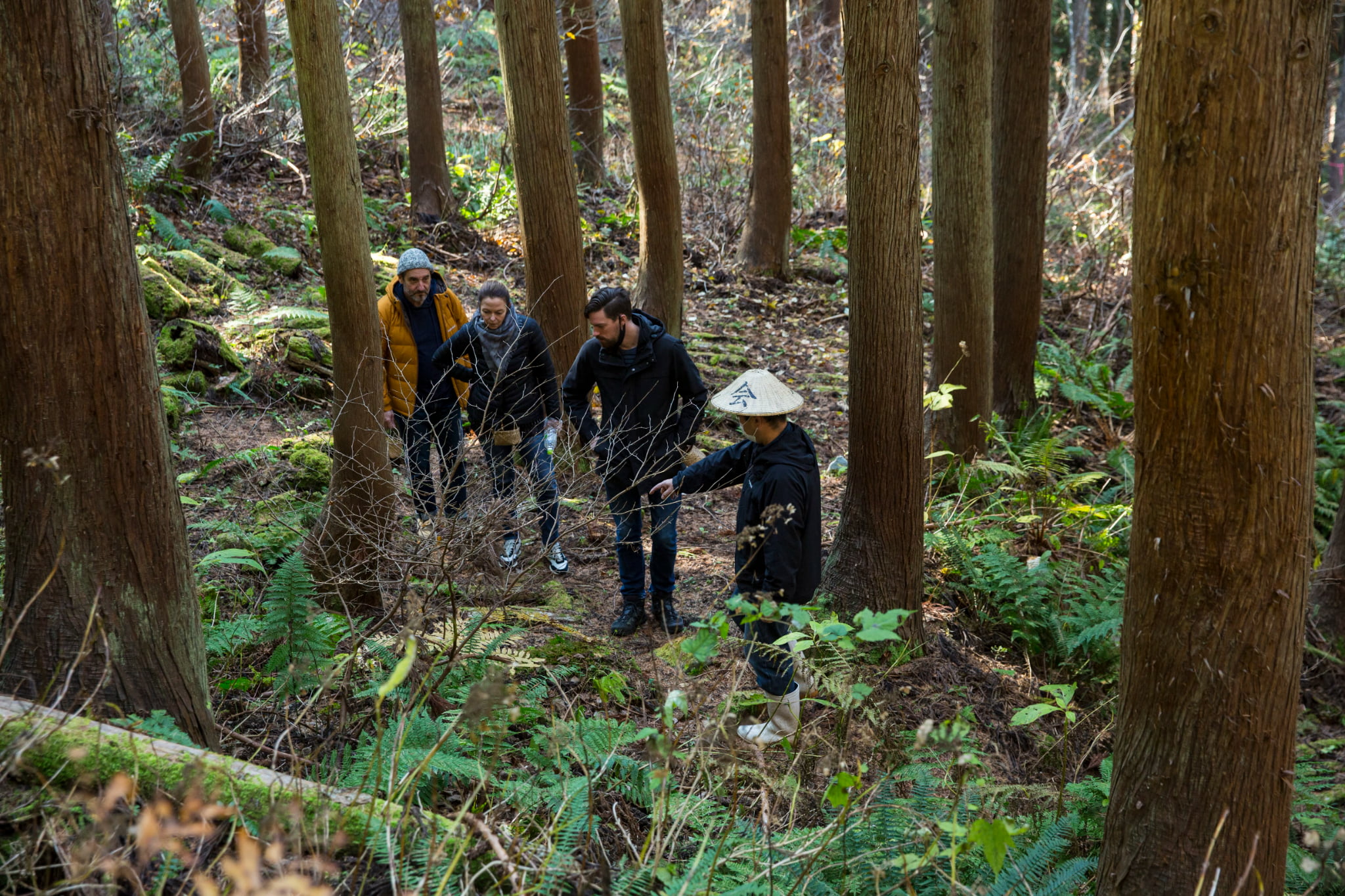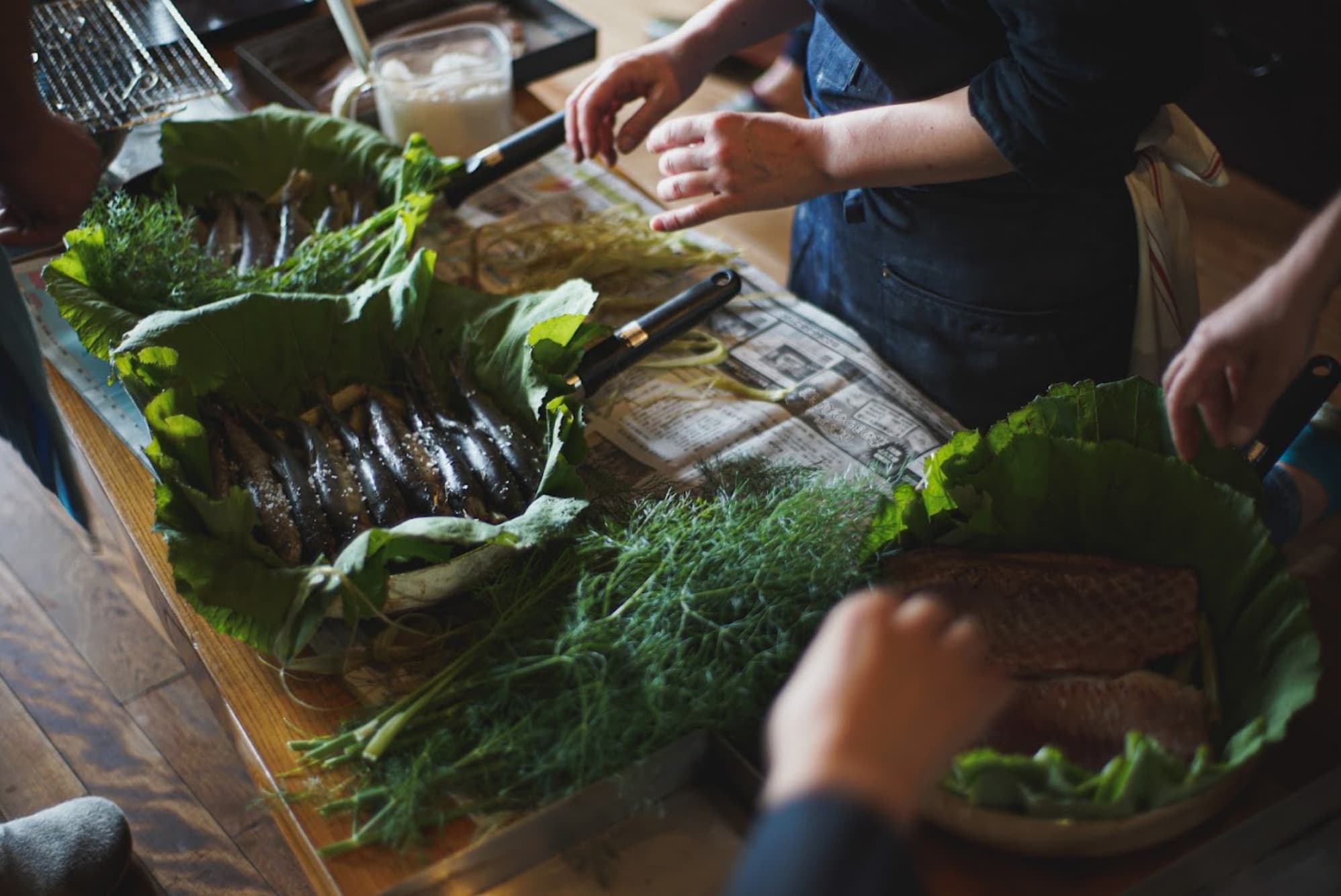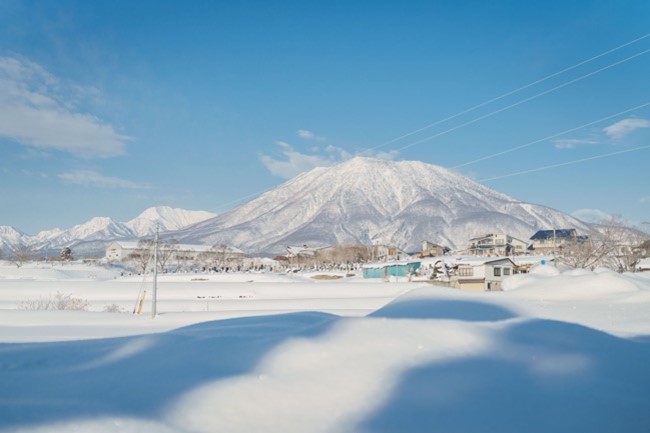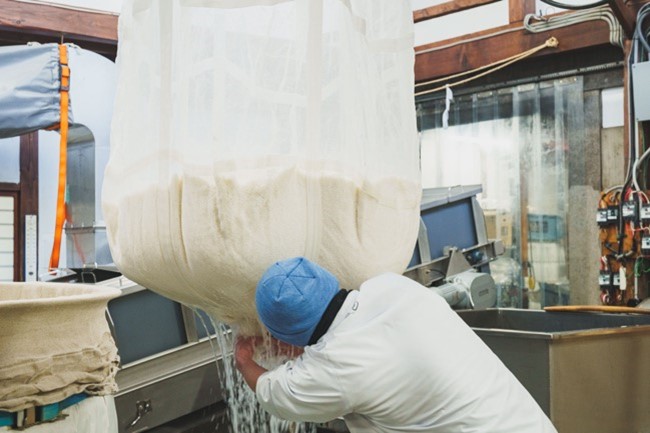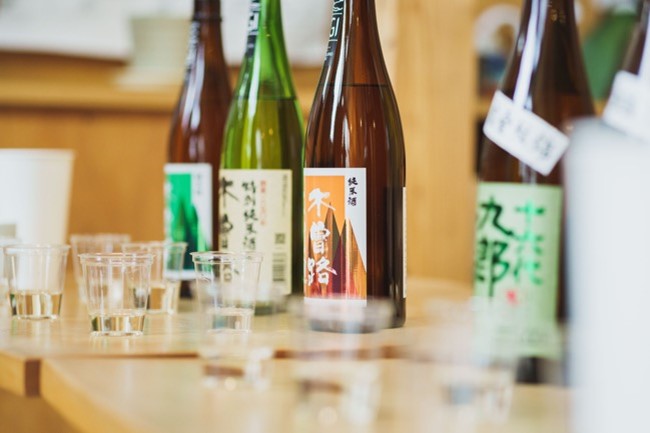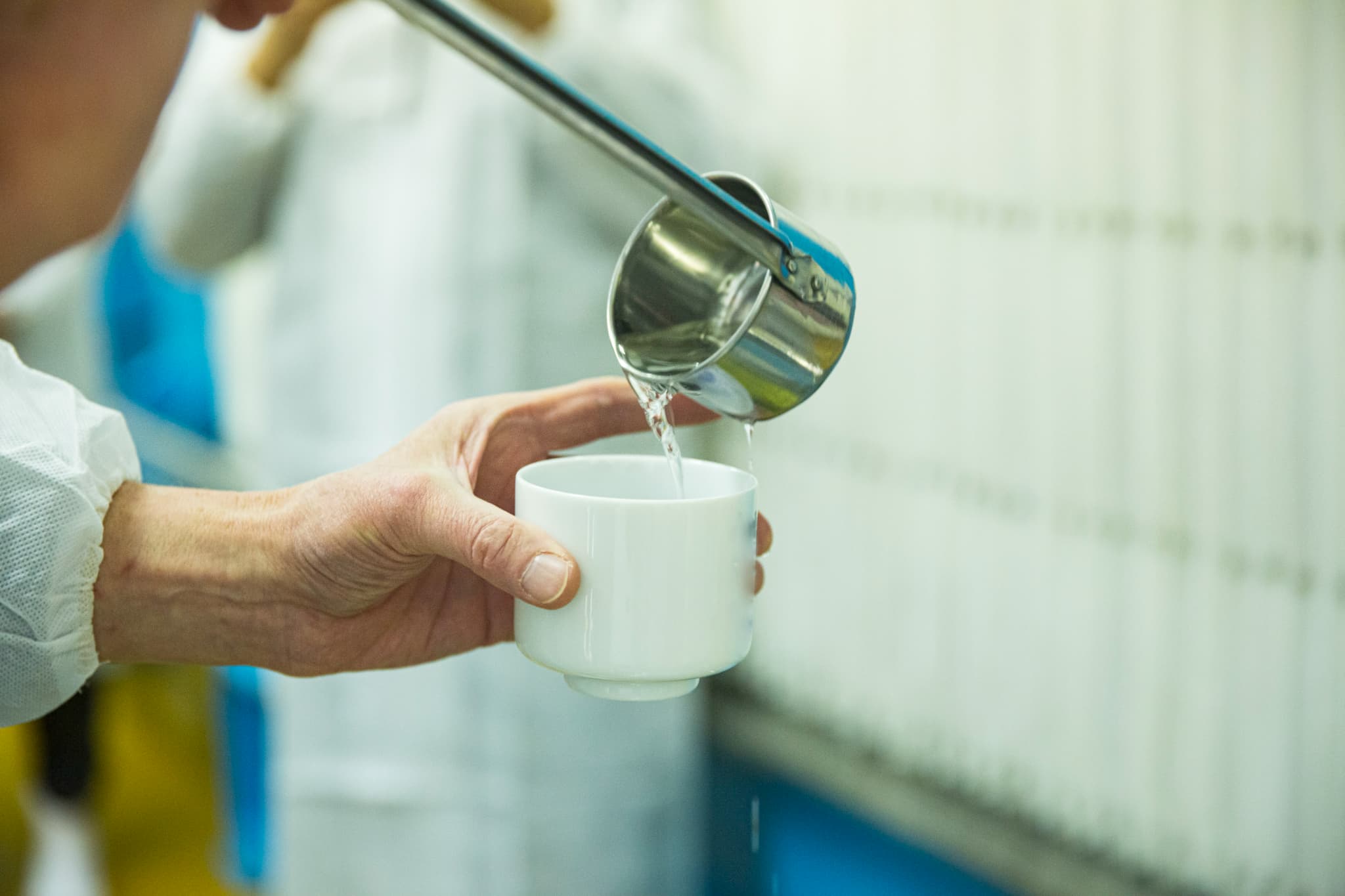
Water, Rice, People – Nagano’s SAKE
長野県の水・米・人が育むSAKE
In recent years, sake has gained traction all over the world. Japanese food becoming registered as a UNESCO World Intangible Cultural Heritage in 2013 has been one of the drivers behind the growing popularity of sake. Japanese food consists mainly of fresh fish and vegetables. Above all, the food created from clean and beautiful water is characterized by its delicate seasoning and the dishes pair fantastically with sake. While tasting fresh, firm, “al dente”sashimi, drinking sake erases the fishy smell of the fish. The pairing compliments each other and will keep one asking for more.. Japanese water, rice, and the artisans who inherit the legendary techniques are indispensable for sake production
The precise crafts of sake brewing of Nagano
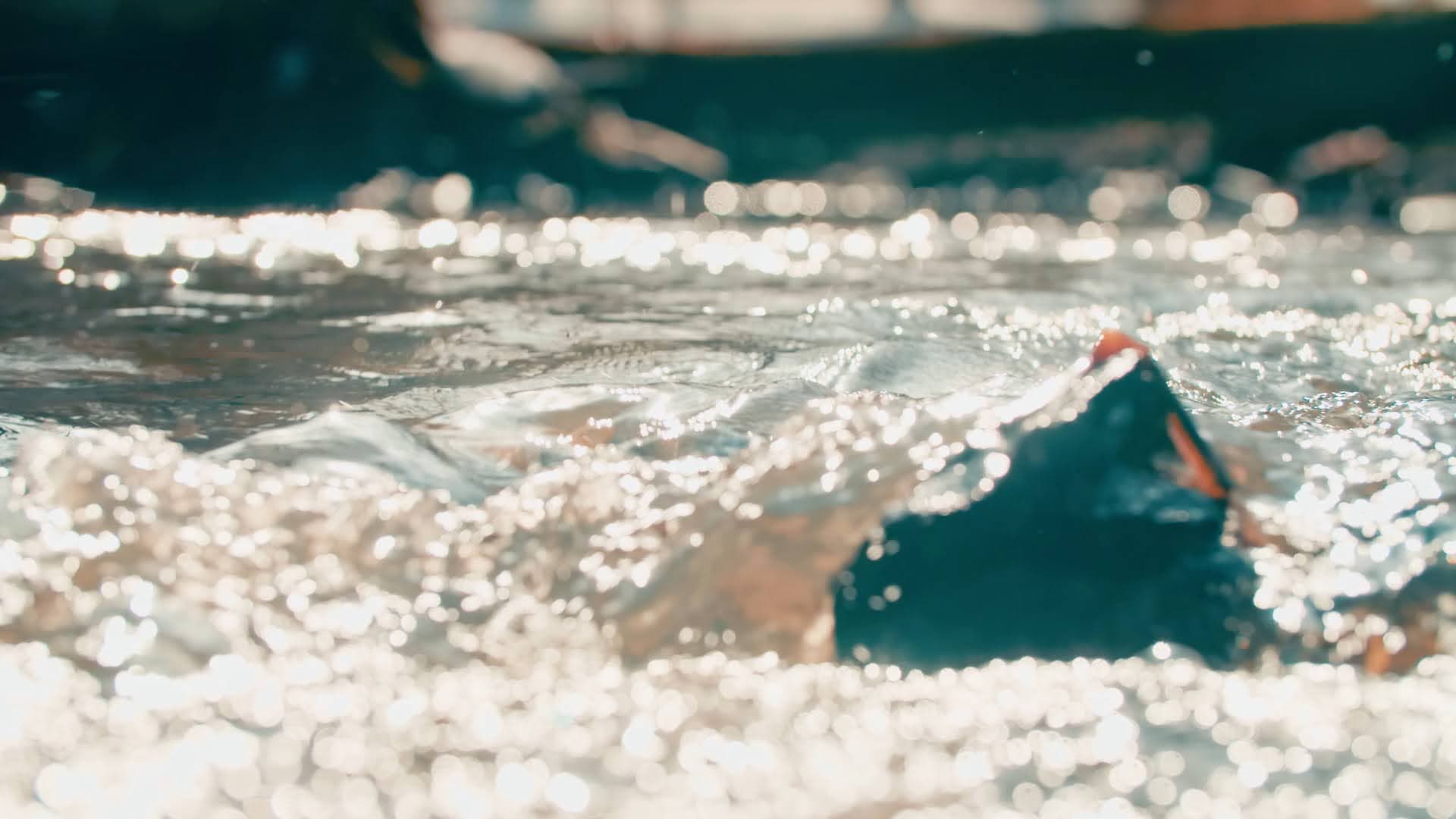
In ancient times, sake was produced as offerings to the imperial court for the emperor and shrines for the gods. It was not until the Edo period(1603-) that the foundation of what would eventually become the current sake industry began to be established. Forests occupy about 80% of the land of mountain covering Nagano Prefecture. The villages are separated by mountains, and each village’s food culture has been nurtured by the varying climates within the prefecture. Sake is one of the byproducts of the differing climates. The beverage has been indispensable for daily life. Sake brewing is conducted with the locally procured ingredients of water and rice. It inherits the history and traditions, enriching the food culture of Nagano. Currently, there are 78 sake breweries in the prefecture (the second most in Japan), and it can be said that the small sake breweries which are scattered all over the prefecture is a characteristic of Nagano’s sake production that have followed the way of life of the people of the region, separated by mountains.
The Secret: Meltwater from the Japanese Alps

Owing to the abundant and pure meltwater that the people who live in the region with different climates have been able to brew sake. Nagano Prefecture has three mountain ranges ranging over 3,000 meters high known as the Japanese Alps, along with other numerous mountains, which are covered with heavy snow in winter. The snow that piles up during the winter begins to melt little by little due to the warm spring sunshine, and with time, it travels underground and springs up to the ground. This abundant spring water provides nourishment to the rice fields and is also used to prepare the sake. In addition, the summer climate when the humidity is low and the temperatures differ greatly in daytime and at night, creates an optimal environment for sake rice production. The harsh winter climate that is painfully cold is also a necessary condition for the brewing of delicious sake.
The ”way of Sake”, nurtured by the people of Nagano

Nagano Prefecture has the highest number of female sake brewers in Japan. The tradition of sake breweries has significantly changed over the years, once said to be banned for women. In addition, there is much hope around the up and coming young brewers, passionate about making good sake. For example, ’59(Gokujo) brewing’ *1 , formed by five sake brewery successors who were born in 1984 in Nagano prefecture. The varieties of sake in Nagano Prefecture are very unique and intriguing, and will remain so for the foreseeable future. *1984 is the year of Showa era 59 in Japan, and 5 is read as ‘go’ and 9 is read as ‘ku’ in Japanese. ‘Gokujo’ means ‘the best’ or ‘the first rate’


